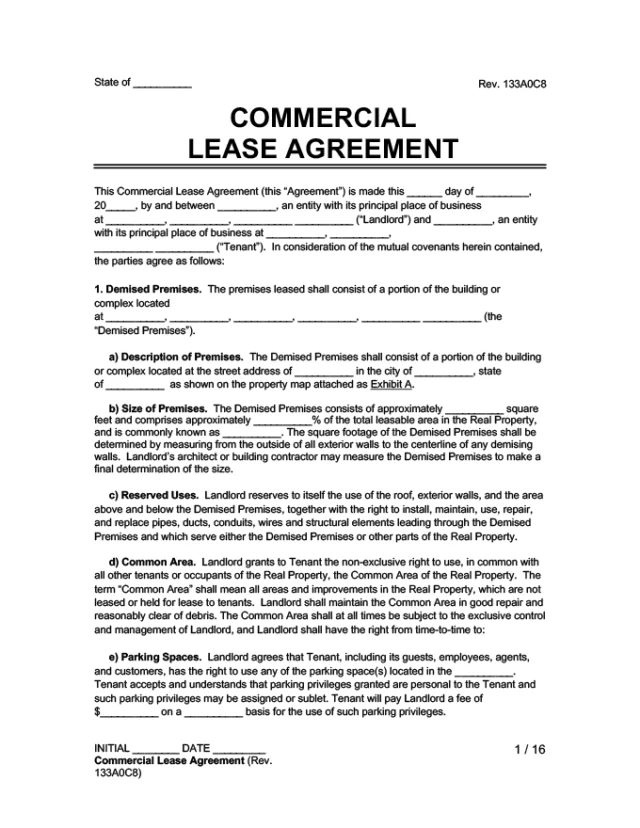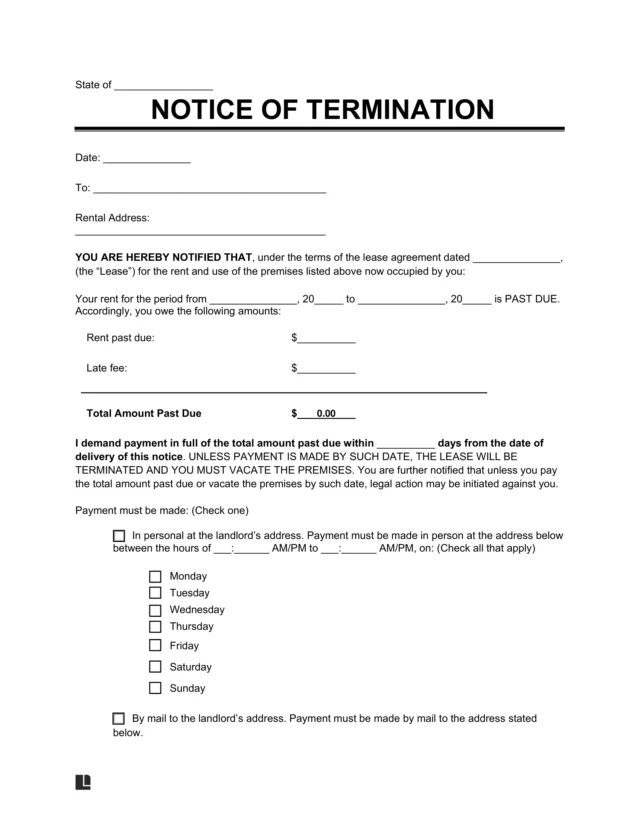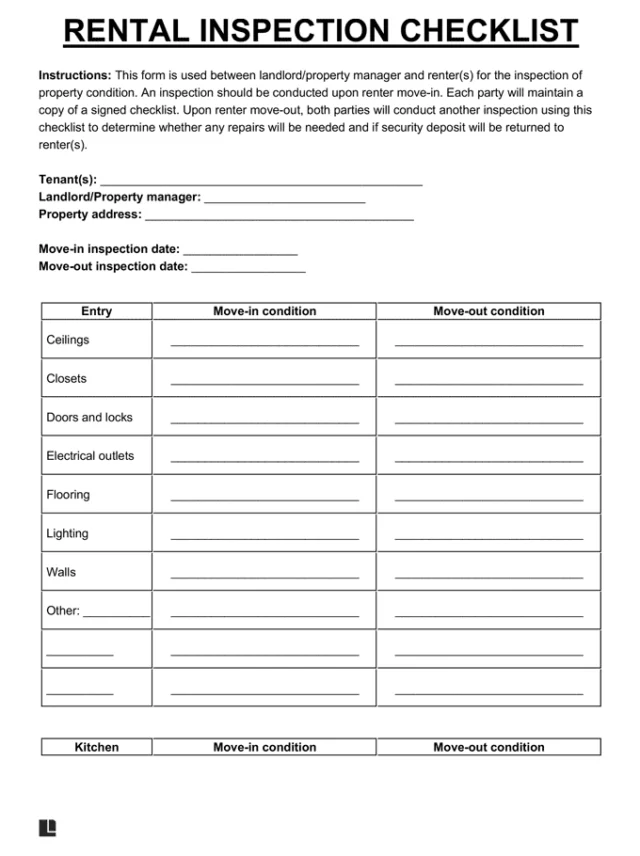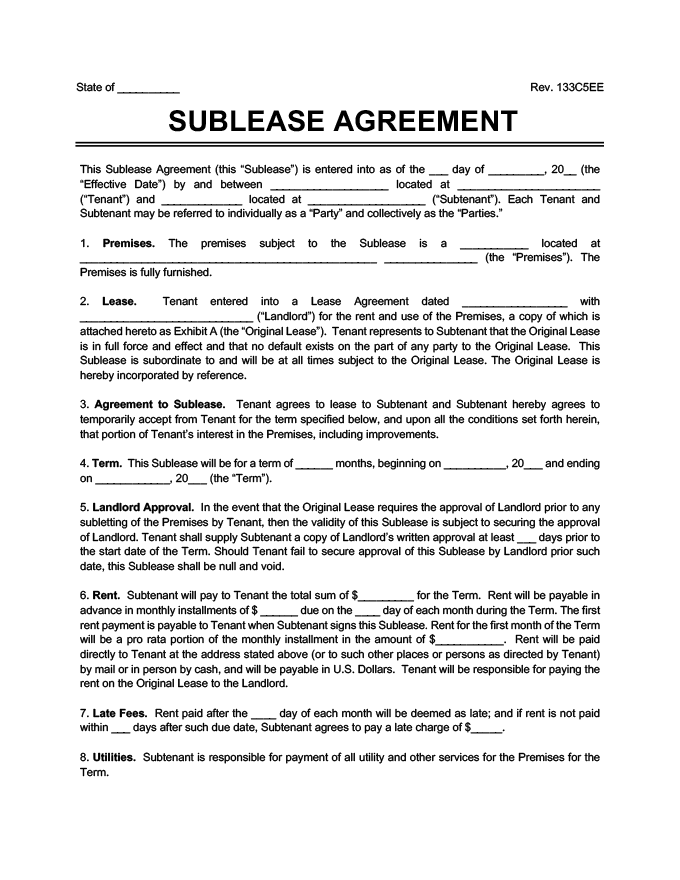Sublease Agreements – By State
Sublease agreements differ by state due to differences in landlord-tenant laws. Explore our state-specific sublease agreement templates to find one you can apply in your area.
- Alabama
- Alaska
- Arizona
- Arkansas
- California
- Colorado
- Connecticut
- Delaware
- District of Columbia
- Florida
- Georgia
- Hawaii
- Idaho
- Illinois
- Indiana
- Iowa
- Kansas
- Kentucky
- Louisiana
- Maine
- Maryland
- Massachusetts
- Michigan
- Minnesota
- Mississippi
- Missouri
- Montana
- Nebraska
- Nevada
- New Hampshire
- New Jersey
- New Mexico
- New York
- North Carolina
- North Dakota
- Ohio
- Oklahoma
- Oregon
- Pennsylvania
- Rhode Island
- South Carolina
- South Dakota
- Tennessee
- Texas
- Utah
- Vermont
- Virginia
- Washington
- West Virginia
- Wisconsin
- Wyoming
What Is a Sublease Agreement?
A sublease agreement (or a sublet agreement) allows a tenant to rent the property they have leased to a new tenant for a short period. The original tenant (the “sublessor”) must first get approval from their landlord before subleasing. A sublease is not legally binding unless the landlord has permitted it.
Under a sublease, the new tenant (the “sublessee”) enters a contract with the sublessor. This contract outlines terms like rent payments, the rented space, and the lease length.
The sublessor remains responsible to the landlord for all duties in the original lease. For example, the sublessor must answer to the landlord if the sublessee causes damage. While the sublessor can seek payment from the new tenant for damages, the sublessor is liable.
Getting a sublease in writing is essential, as it defines the rights and duties of all parties. It also reduces misunderstandings and upholds the original tenant’s commitment to their lease.
Why Use a Sublease Agreement?
A sublease agreement gives financial flexibility to tenants who don’t need their lease. It can be used in various situations, such as when the original tenant:
- Can no longer afford their rent
- Needs to relocate for a job or family reasons
- Has a roommate move out and needs someone else to cover some of the rent
With landlord approval, a tenant can let someone else move in. The original tenant relocates (if desired), while a new tenant pays rent and uses the property according to the agreed-upon terms. This arrangement means the original tenant doesn’t have to break their lease, which can come with fees and penalties, like the loss of a security deposit.
Sublease agreements are also beneficial for the sublessees. Subleases enable individuals to test out properties before committing to living in the area long-term. They also help nomadic individuals find flexible lease lengths.
When to Use a Roommate Agreement Instead
You may need a roommate agreement instead of a sublet contract if the other tenant is a party to the original lease. A roommate agreement outlines the responsibilities of each individual living on the property and encourages an amicable living arrangement.
If you want to create an arrangement where the new tenant rents from the original tenant instead of the landlord, you’d use a sublease agreement.
How to Make a Sublease Agreement
Writing a sublease agreement helps you communicate your expectations for a sub-tenant. It also serves as a reference to ensure you comply with your original lease. Review the steps for writing this document and explore what should be included in a sublease contract below.
Step 1 – Study Your Lease
Study your original lease agreement to determine if your landlord allows subleasing. Some leases strictly forbid it, while others are silent on the matter. Discuss the situation with your landlord if you’re unsure of whether subleasing is allowed.
If your landlord doesn’t allow subleasing, you may review your lease to see if you can assign it to someone else. If permitted, consider using Legal Templates’s lease assignment form.
Step 2 – Review State Laws
Each state has different rules for subleasing. Some states grant the right to sublease by default, while others require the lease to state the permission. Depending on where you live, the landlord may be able to deny the tenant a subleasing request if they have reasonable grounds. Review the laws in your area to know how to go about subleasing and writing a contract for it.
| State | Right to Sublease by Default? | Requires Explicit Written Consent? | Can Deny Tenant From Subleasing? | Subleasing Laws |
|---|---|---|---|---|
| Alabama | No, unless specified in the original lease | Generally yes, unless stated otherwise in the original lease | Not specified | None |
| Alaska | No | Yes. Tenant must submit written sublease offer to landlord, who has 14 days to respond or consent is assumed. | Yes with specific and reasonable grounds (listed in § 34.03.060(d)). | Alaska Statutes § 34.03.060 |
| Arizona | No, unless specified in the original lease | Generally yes, unless stated otherwise in the original lease | Yes, unless already explicitly agreed in the original lease (Ariz. Rev. Stat. Ann. § 33-1454.B) | None |
Explore other rental laws in detail by reading our guide on renting out residential property.
Step 3 – Name the Tenant & Sub-Tenant
Include the names of the original tenant and the new sub-tenant in the sublet agreement. These distinctions will clarify who is responsible for upholding the terms of the original lease. Provide the tenant’s address so the sub-tenant will know where to send notices and rent payments. You should also include the landlord’s name and whether they require permission for subleasing.t
Step 4 – Describe the Premises
When creating your sublet contract, you should describe the property and include the address. It is essential to define precisely what the sub-tenant will rent, for example, a single room or the entire rental unit. You can use Legal Templates’s sublease agreement template to sublet various properties, including homes, apartments, and condos.
Learn How to Sublease an Apartment
Get more information on how to sublease an apartment by reading our comprehensive guide.
Step 5 – State the Term of the Sublease
Decide how long you would like to sublet the property to your sub-tenant. This is known as the “term” of the sublease.
A sub-tenant does not necessarily need to sublet the rental property for the same time as the original tenant’s lease. For instance, the sublease agreement could be month-to-month or for a fixed term.
Consider adding a clause that explicitly bans the sub-tenant from further subletting. This can prevent confusion and ensure the sub-tenant doesn’t allow anyone else to live on the property.
Step 6 – Reference the Original Lease
Your new sub-tenant must be aware of any provisions in the original lease agreement.
For example, if pets are allowed on the premises or smoking is prohibited in the rental unit, include this information in the document. A general statement explaining that the sublessee and sub-tenants must comply with the original lease is also sufficient.
The sublessor is still legally responsible for making sure that the original lease terms are followed.
Step 7 – Record the Rent Amount
Define the amount of money the sub-tenant owes each month and the date on which rent is due. This sub-tenant will pay this amount to the original tenant unless otherwise stated. Record other financial obligations for the sub-tenant, including:
- Late fees
- Utility payments
- Security deposit
If the sub-tenant fails to pay rent, the original tenant is liable to the landlord.
Step 8 – Obtain Signatures
Collect signatures from the tenant and subtenant. In most cases, the original landlord doesn’t need to sign the sublet contract, but you must ensure they have their permission (if required).
Sublease Agreement Sample
View our free sublease agreement sample to learn how to structure yours and set up a subletting arrangement. Create your own using our guided form, then download the final version as a PDF or Word file.










